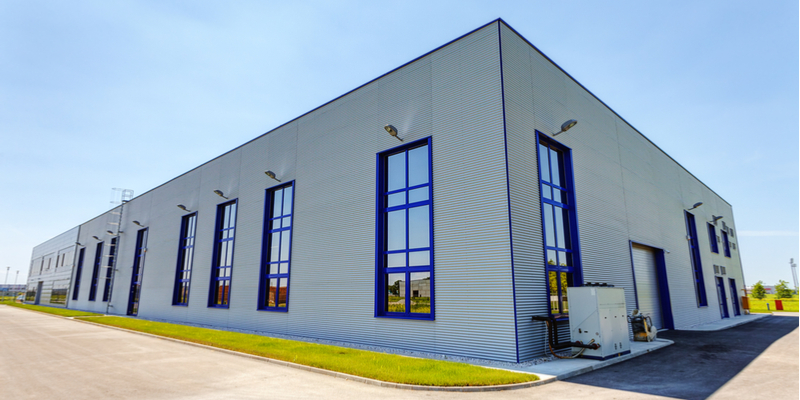In-building cellular enhancement systems offer the ideal solution to improve signals behind thick metal walls. Metal buildings make it difficult to receive wi-fi signals, as well as signals from cell phones and two-way radios. That’s because the dense metal used to construct structurally sound buildings is so thick that it makes it nearly impossible for signals to penetrate the walls and flow through the building. It’s becoming so common to install an enhancement system that many building owners are referring to them as the “fourth utility”.
There are several factors that’ll influence the type of enhancement system you require, including:
- The cell phone carrier that you work with
- The layout and size of the building
- Severity of the connectivity issue—how much work is required to make the building mobile-friendly
- The location of the building; what is around the immediate vicinity?
At Highland Wireless, we rely on a detailed process to determine the best plan of action. This begins with a free pre-testing of signal strength and on-site survey. Plus, we can work on pre-construction projects by assessing the master plans and providing a quote based on floor plans.
How Cellular Signal Boosters Work
There are a variety of cellular signal boosters available on the market. They are used to boost the signal of multiple cell phones under one roof. The typical signal strength booster has four key components: an outdoor antenna, indoor antenna, signal booster/amplifier/repeater, and cables that connect everything together.
Both antennas are attached to the signal booster via a coax cable. The outdoor antenna is tasked with sending and receiving messages from the service provider’s tower- it is located outside of the building, and usually on top of the building, in order to provide the most direct access to the tower. The signal booster takes the signal from outside and amplifies it throughout the inside of the building. Quality of coverage is based on outdoor signal strength (placement of the outdoor antenna is so important!) and the inner working parts of the system.
Good coverage is only possible if the outside signal gets at least three bars. The location where the antenna is mounted will play a role in how strong of a signal it can get. For instance, if your building is surrounded by taller buildings, it may be difficult for the signal to reach the tower. Therefore, unique measures may be necessary for the outdoor antenna to achieve optimum signal strength. In some cases, it may be necessary to add additional antennas to improve coverage.
There are some signal boosting systems that can be purchased and installed DIY-style. Although, they cannot provide the same improvements to coverage as a specially designed wireless enhancement system created by engineers and industry experts at Highland Wireless. We offer the most reliable signal strength boost for cellular devices by creating a system specially engineered for your building, location, layout, overall needs and budget. Learn more
Why is Cellular Signal Strength So Important?
Investing in a cellular enhancement system is well worth it for a variety of reasons, including:
- Enhanced productivity – if people have to leave the building to take a call, this isn’t good for productivity.
- Improvements to communication
- Makes working or living in a building more enjoyable and easier to manage (after all, everyone needs to use their cell phone throughout the day). This adds value to the property.
- Improves day-to-day safety, especially in an emergency when First Responders and occupants of the building need the ability to clearly communicate from all floors.
- Meet local building codes and regulations

